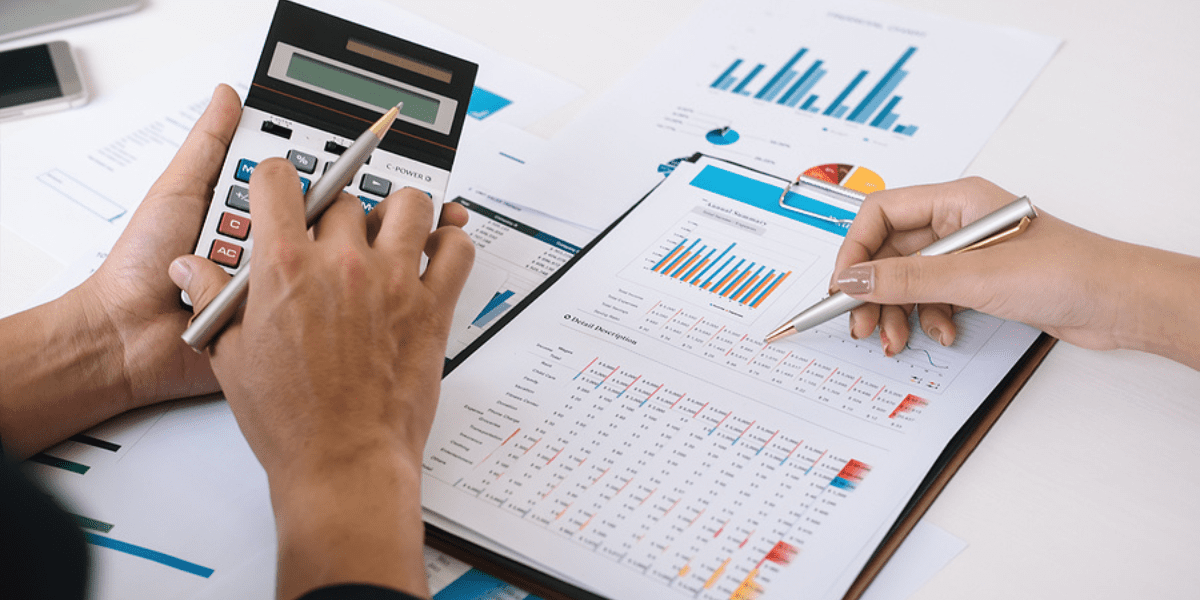If you have attended a financial or business seminar in the past six months, I’ll bet you heard about the concept of Blockchain, as it is a hot topic nowadays. If you’re like me, you left the venue scratching your head, not quite sure exactly what Blockchain is. On the other hand, your single takeaway was this: you knew you had been introduced to one of the most transformational and misunderstood technologies of our times. Its admirers include Bill Gates and Richard Branson. Banks, insurance companies, and even IBM, Microsoft, UBS and PwC are racing to adapt Blockchain for use.
So what is Blockchain and why are the financial and technology industries so revved up about it?
To understand Blockchain, one must first have a grasp of the fundamentals of money transactions. When transacting money or anything of value, people and businesses have historically relied upon intermediaries like banks, financial institutions (e.g. brokers), and governments to ensure trust and certainty.
For example, consider the role of a title company, a bank, and a local governmental unit in facilitating a residential real estate transaction. The title company serves as the middleman for both buyer and seller, assuring that title is clear for transfer, new title is properly recorded, mortgage loans are paid, all liens against the property are released, real estate agents are paid their commissions, and net funds are transferred to the seller. Banks serve as financing vehicles to facilitate the funding of a portion of the sales proceeds to the seller. Governmental units (the local county) serve as the recording office to assure an authentic title and deed of trust are recorded. These intermediaries (or middlemen) perform critical tasks such as authentication and record-keeping, that build trust in the transactional process.
The need for intermediaries becomes especially acute when a digital transaction is conducted, because digital assets like money, stocks, and intellectual property are essentially files that are easy to reproduce. Hence authentication and the problem of double spending (the act of spending the same unit of value more than once) are serious flaws of the digital process.
But what if there existed a technology that provided a secure way to conduct digital transactions without the need for a third party intermediary? Enter Blockchain. In 2008, the innovative concept of a peer to peer electronic cash system called Bitcoin was introduced that enabled online payments to be transferred directly and without an intermediary. While Bitcoin was exciting and innovative, it was the mechanics of how it worked that was truly revolutionary.
Blockchain is a type of distributed ledger or decentralized database that keeps records of digital transactions. Rather than having a central administrator like a traditional database (e.g. banks, financial institutions, governments) a distributed ledger has a network of replicated databases, synchronized via the Internet and visible to anyone within the network. Blockchain networks can be private similar to an Intranet or public like the Internet, accessible to anyone in the world.
Let’s use a very simple transaction as an example of how a distributed ledger like Blockchain works. If Christina (in Italy) wishes to send money to her grandson Anthony (in the US) she initiates a transaction in the Blockchain. Christina’s transaction is grouped together in a cryptographically protected “block” with other transactions that have occurred in the last ten minutes and sent out to the entire network. Miners (members in the network with high levels of computing power) then compete to validate the transactions by solving complex coded problems. The first miner to solve the problems and validate the block receives a reward as compensation. For example, in a Bitcoin Blockchain network the miner would receive Bitcoins. The validated block is then timestamped and added to the chain in a linear, chronological order which provides an indelible and transparent record of transactions. New blocks of validated transactions are linked to older blocks making a chain of blocks that show every transaction made in the history of that Blockchain. The entire chain is continually updated so that every ledger in the network is the same, giving each member the ability to prove who owns what at any given time. The transaction is completed within 30 minutes rather than 3-5 days through the use of traditional financial intermediaries under our current system.
Blockchain technology is so revolutionary because it can work for almost every type of transaction involving value, including money, goods and property. In theory, if Blockchain goes mainstream, anyone with access to the Internet would be able to use it to conduct transactions.




